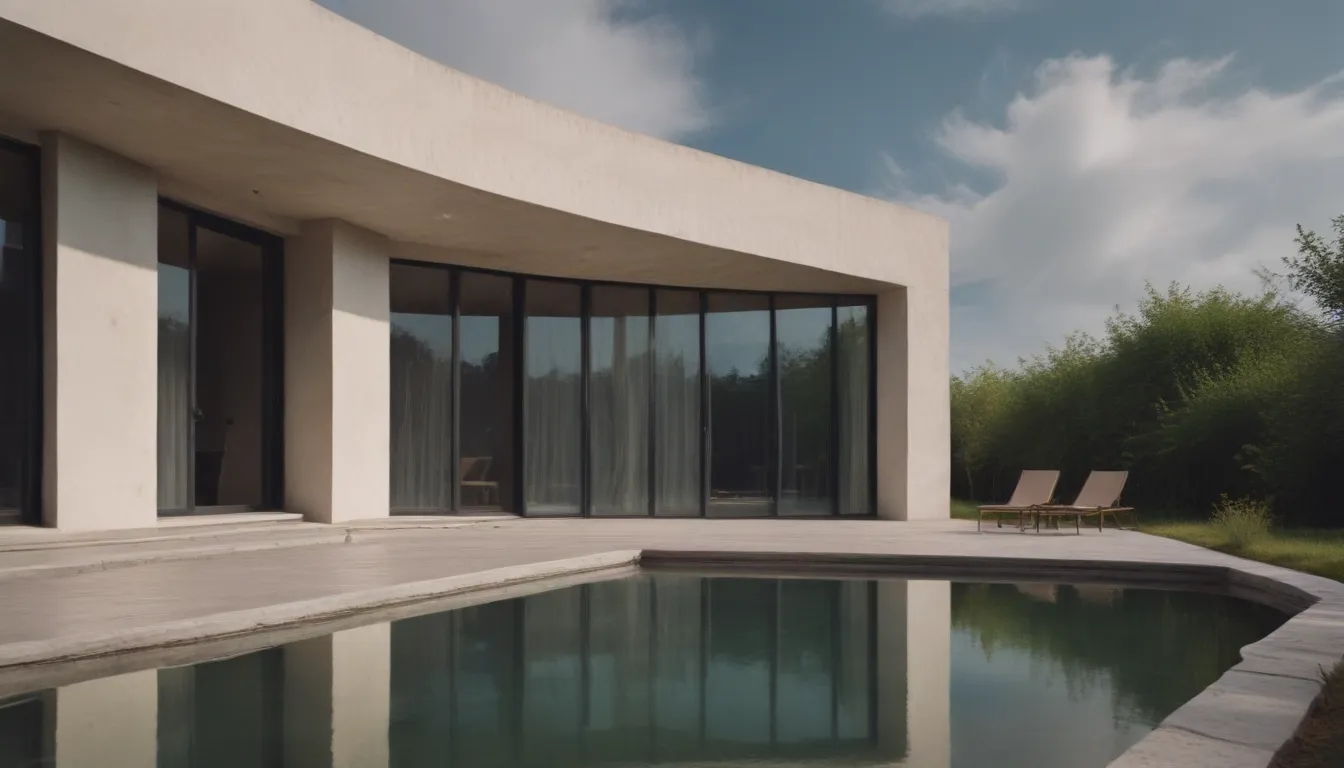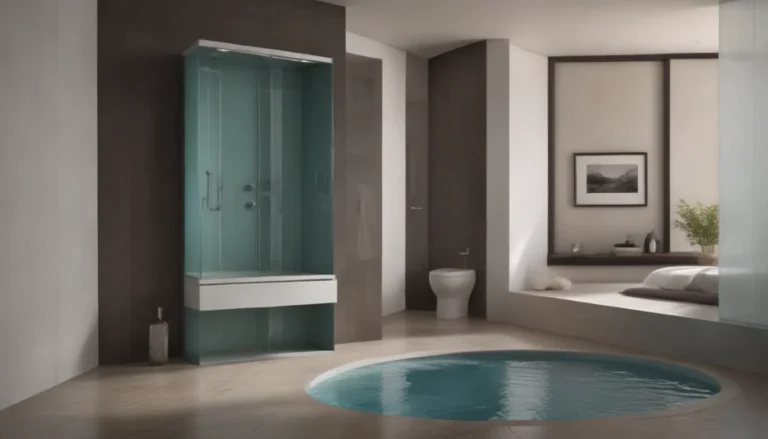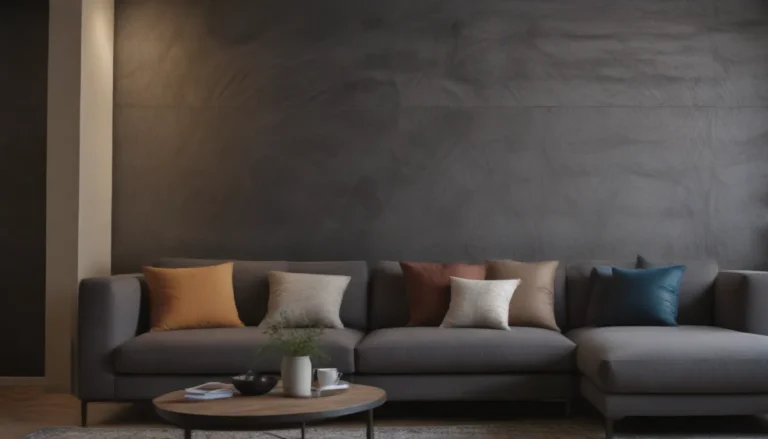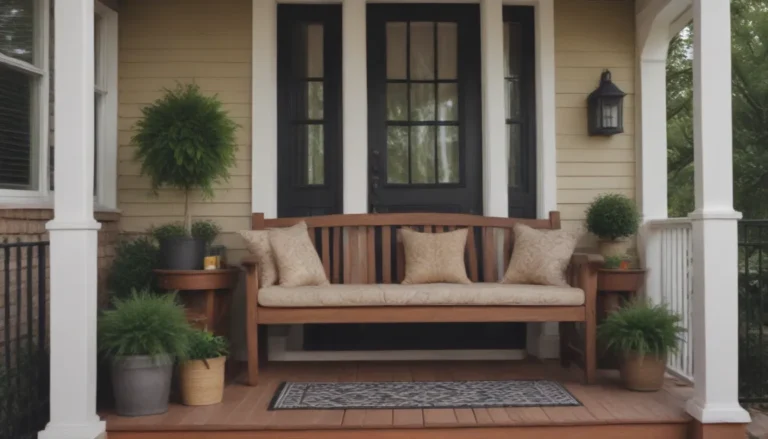Exploring the Beauty of Minimalist Architecture

In a world filled with noise and clutter, minimalist architecture stands out as a beacon of simplicity and elegance. This architectural style, which has its roots in various design movements such as Japanese Zen, Cubism, De Stijl, and Bauhaus, has captured the hearts of designers and homeowners alike. In this article, we will delve into the world of minimalist architecture, exploring its origins, key characteristics, and how it differs from contemporary architecture.
Origins of Minimalist Architecture
Minimalist architecture traces its origins to the early 20th century, drawing inspiration from various architectural styles that aimed to simplify and declutter design. From the influence of Japanese Zen principles to the geometric precision of Cubism and De Stijl, minimalist architecture emerged as a response to the chaos of the post-war era. Architects such as Ludwig Mies van der Rohe played a significant role in popularizing this style, paving the way for its widespread adoption in the United States in the 1960s.
Key Characteristics of Minimalist Architecture
At the heart of minimalist architecture lies a commitment to stripping away excess and focusing on the essentials. This style emphasizes clean lines, simple structures, and a neutral color palette to create a sense of calm and clarity. Here are some key characteristics of minimalist architecture:
- Simplicity: Minimalist architecture aims to eliminate visual clutter and noise, focusing on the fundamental elements of a structure.
- Empty Space: Strategic use of empty space serves to highlight the key architectural features and enhance the overall design.
- Neutral Colors: White, gray, black, and other neutral tones are prevalent in minimalist architecture, contributing to a sense of tranquility.
- Basic Materials: Steel, stone, concrete, and glass are commonly used in minimalist architecture, keeping the focus on the building’s core elements.
- Clean Lines and Geometric Shapes: The use of simplified angles and repeated geometric shapes create a sense of orderliness and simplicity.
Minimalist Architecture vs. Contemporary Architecture
While minimalist and contemporary architecture share a common emphasis on clean design, they differ in their approach and aesthetic. Minimalist architecture focuses on achieving stripped-down simplicity, while contemporary architecture is ever-evolving and reflects the latest design trends. Here are some distinguishing features of each:
Minimalist Architecture
- Minimal Ornamentation
- Simple Materials
- Neutral Color Palette
- Geometric Shapes
- Clean Lines
Contemporary Architecture
- Breaks Away from Traditional Designs
- Incorporates Imaginative Features
- Utilizes Advanced Technology
- Changes with Trends
- Unique Shapes and Structures
Embracing Minimalist Architecture for Maximum Impact
Despite its roots in the early 20th century, minimalist architecture continues to inspire architects and designers around the world. Its Zen-like aesthetic and focus on simplicity have stood the test of time, influencing architectural trends to this day. Whether a structure fully embraces minimalist design or incorporates elements of it, minimalist architecture has a lasting impact on the world of architecture.
In conclusion, minimalist architecture offers a powerful antidote to the chaos and clutter of modern life. By embracing simplicity, clean lines, and a neutral color palette, this architectural style creates spaces that are both visually striking and emotionally calming. Whether you’re a design enthusiast or a homeowner looking to revamp your space, minimalist architecture presents a timeless and elegant approach to architectural design. So, why not consider incorporating some minimalist elements into your next project and experience the transformative power of simplicity in architecture.





